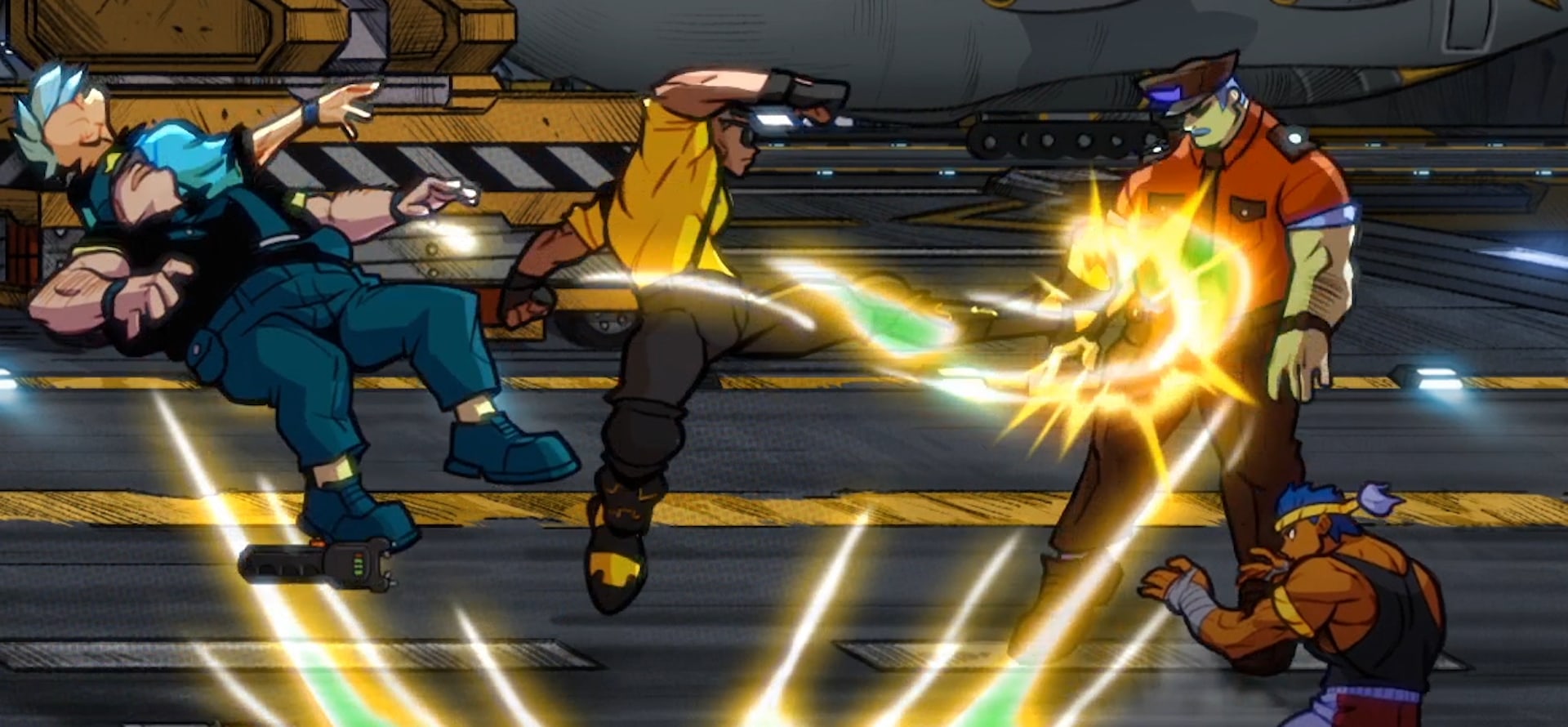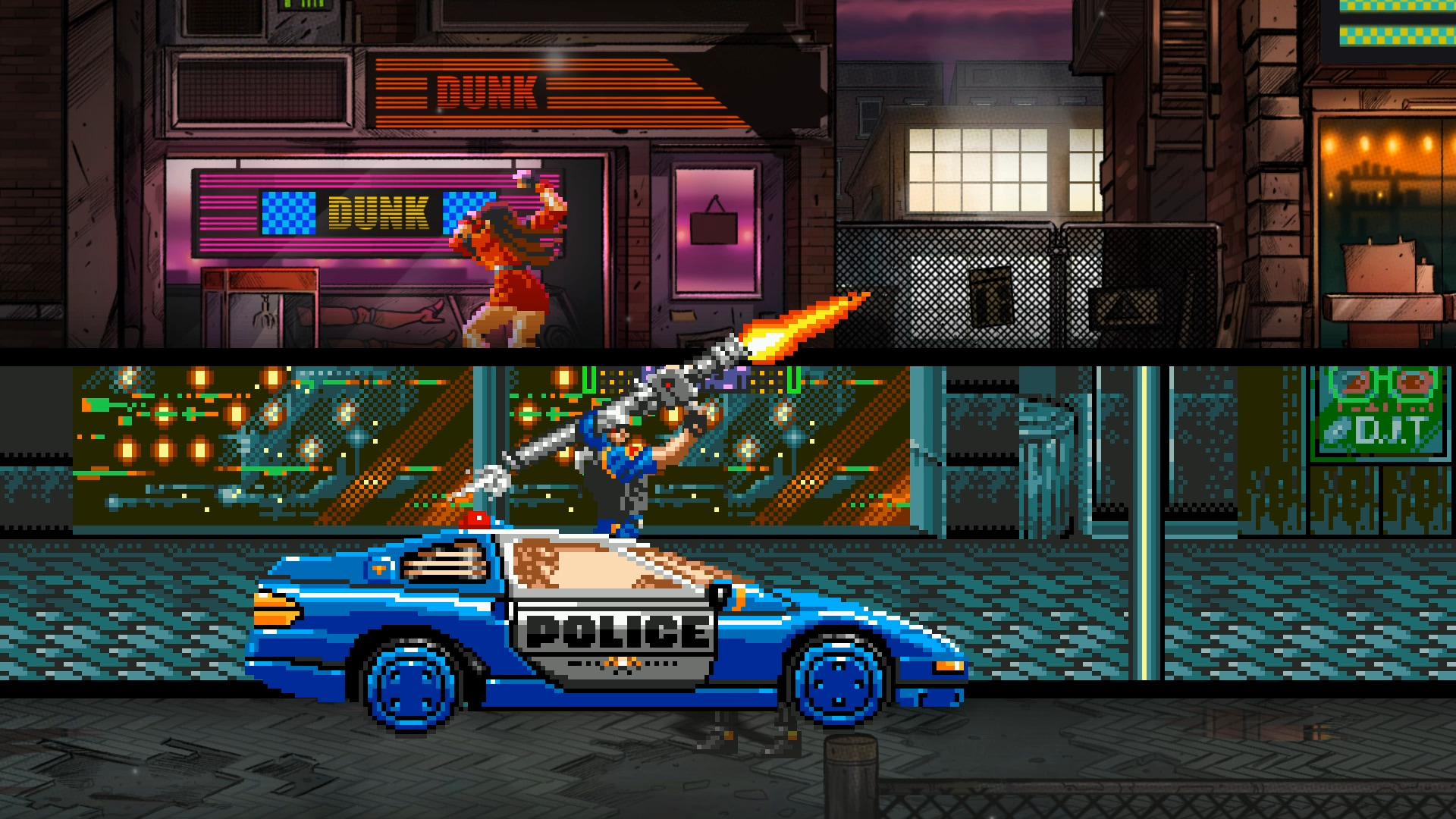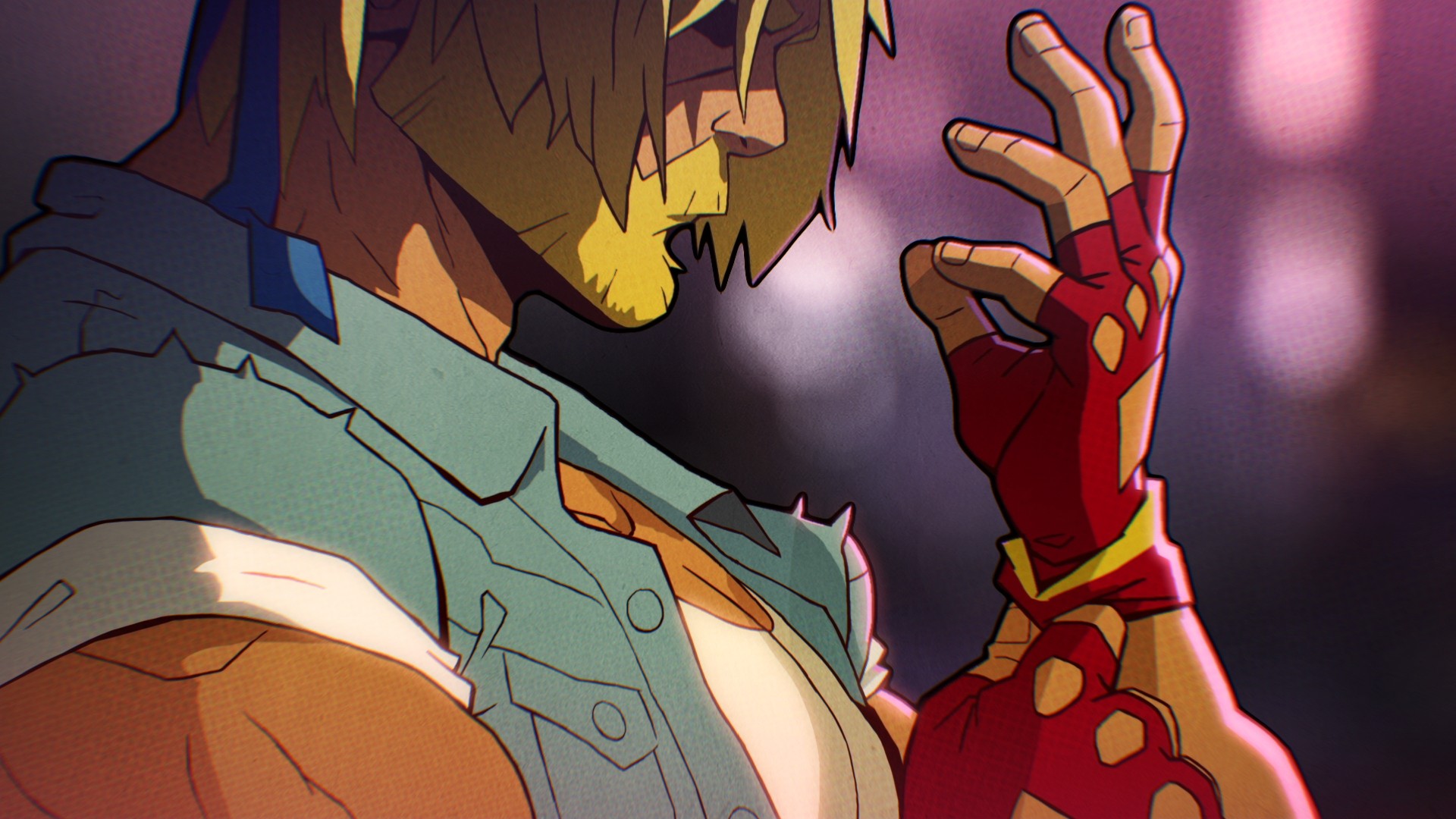The release of Streets of Rage 4 will surely pull the heartstrings of 90's arcade brawler fans. 26 years after Streets of Rage 3, the iconic SEGA beat 'm up series returns, courtesy of developers Lizardcube and Guard Crush Games, together with publisher Dotemu. Which is quite a feat when you think of it: few entertainment properties survive even a couple of years away from the spotlights, especially in the realm of video games where new and technically better games follow each other in quick succession.

article
Streets of Rage: Alive and Kicking
The best combo in the new Streets of Rage 4? Its mix of pixel and cartoon art.
Arjan Terpstra
27 Apr 2020 ⋅ 3 min read
So, what makes for the enduring appeal of Streets of Rage? At first sight, the games appear to be tethered to their original surroundings, the arcades of the so-called 'second arcade boom' of the 1990's. This was the absolute heyday of the 'brawler' or 'beat 'm up' genre, with Streets of Rage one of the outstanding examples of arcade fighting games. At the time, the game seemed to have it all. As a side-scrolling brawler it had endless rows of pixelated baddies to fight. As player characters it had iconic fighters like Blaze Fielding, Axel Stone or Adam Hunter, each equipped with their own fighting style and combos. Plus it had some of the best music in video games, composed by Motohiro Kawashima and Yuzo Koshiro, who introduced techno and house music to the realm of chiptune.
With the decline of the arcades the interest in brawler games dwindled, too. A transition to console was tried, with SEGA porting the game to the Saturn console, but the attempt was aborted before it came to fruition. And yet Streets of Rage survived, with its fanbase very much alive and kicking. Merchandise of the game continued to sell over the years, like the epic red vinyl soundtrack album, or tribute art prints like the great interpretation by Julien Renoult.
When Streets of Rage 4 was announced in 2018, the fanbase soared back to life too, a little anxious about the new installment. What would 26 years do to the franchise, in terms of playability and looks? Would the iconic music still be there? And would Lizardcube's artists opt for a modernized art style, or take the nostalgic route back to pixelated art?
As it turns out, they needn't have worried. The project obviously was a love child, conceived in a way that totally respects the first three games, yet finds interesting new ideas wherever they fit the overall structure - much like the way classic Sonic games were used as a basis for the 2017 Sonic Mania game. This leads to a game that surprisingly has not one, but two art styles, leaving it up to the player to select either the pixelated sprites of the old games, or use modern, cartoon interpretations of classic fighters like Blaze Fielding or Adam Hunter. For music the same route was taken, with Koshiro helming a new team of composers for a modern soundtrack, with the classic music available for selection.
It leads to a successful marriage between old and new elements, restoring the brawler genre to former glory yet finding a future for it, too. Art director Ben Fiquet explained a thing or two about the redesign in an interview, highlighting how he found new, HD characters in the old sprite animations. It's an excellent read about changing art styles while maintaining the shape language of the classic installments, of which Streets of Rage 4 is a textbook example.





